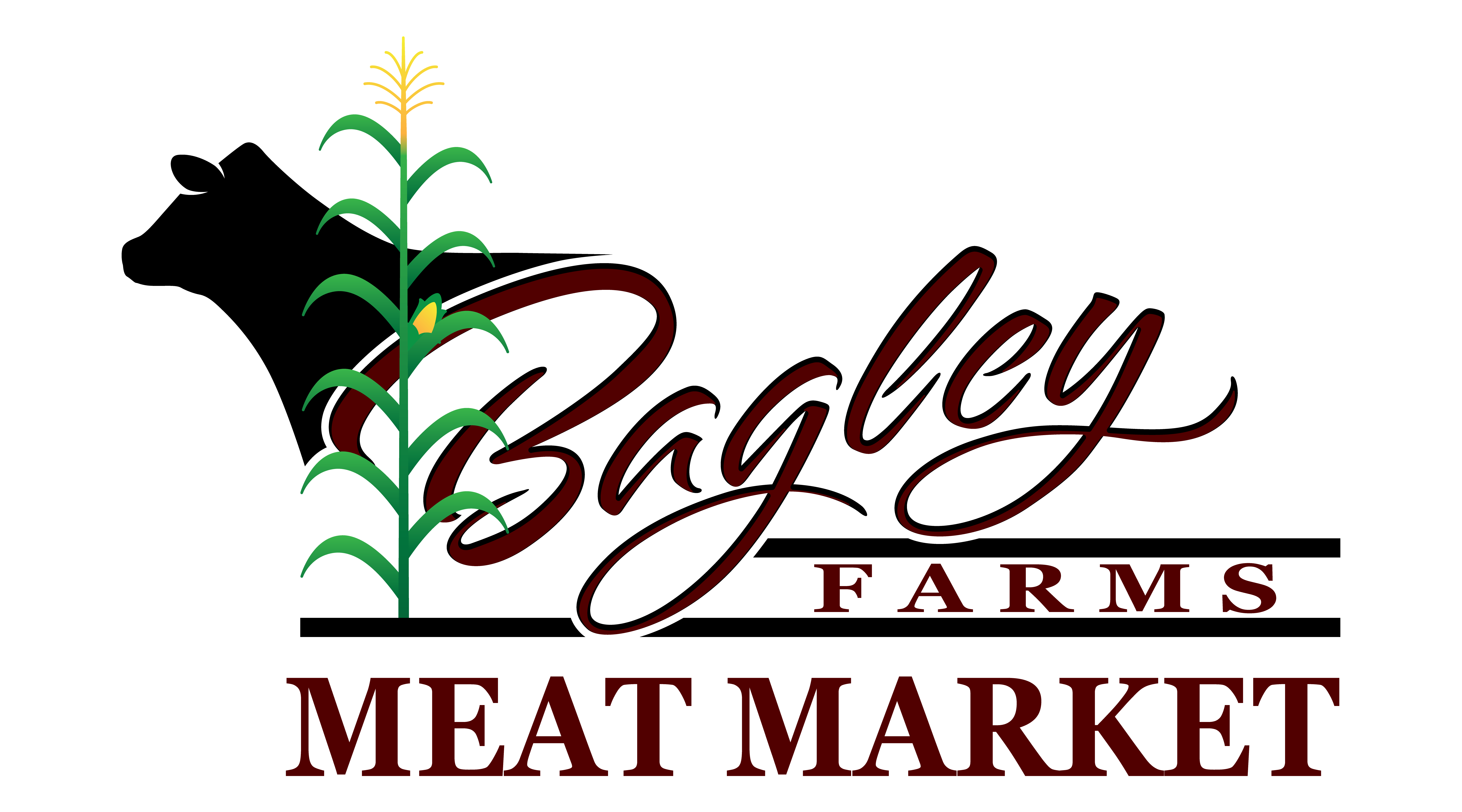Reveal the Art of the Butcher's Cut in a Modern Meat Market
In the ever-evolving landscape of modern-day meat markets, the butcher's cut has transcended its traditional origins, merging age-old workmanship with contemporary methods. What truly establishes the modern butcher apart is their capability to create a deeper connection in between consumers and the beginnings of their meat.
Evolution of Butchery Methods

The mid-20th century saw butchery methods additionally fine-tuned by scientific insights right into muscular tissue biology and meat aging, improving both tenderness and taste. Developments like vacuum product packaging and refrigeration expanded product shelf-life, permitting butchers to diversify offerings and improve quality assurance. This period also marked the rise of specialized tools, such as band saws and meat slicers, which boosted accuracy and efficiency in meat handling.
Electronic systems currently help in monitoring animal provenance and enhancing cuts to fulfill particular customer choices. Additionally, a renewal in artisanal butchery has actually emerged, mixing typical skills with contemporary knowledge to cater to customers seeking ethical and lasting meat alternatives.

Understanding Meat Cuts

Understanding the intricacies of meat cuts is important for both butchers and consumers looking for top quality and value. Each cut comes from a various part of the animal, imparting distinct flavors, structures, and food preparation techniques. Mastery of these differences not just improves culinary experiences but additionally maximizes the energy of each carcass. For butchers, exact cuts reflect ability and respect for the craft, guaranteeing minimal waste and optimum yield.
The key categories of meat cuts consist of primal, sub-primal, and retail cuts. Butchers after that break these down better into sub-primal cuts, before ultimately producing retail cuts offered to customers, like ribeye or tenderloin.
Comprehending muscle mass structure is essential; muscle mass made use of much more often by the pet tend to be tougher and are best fit for slow-moving cooking techniques, while less-used muscular tissues, like those found in the loin, are much more tender and suitable for cooking or roasting. Familiarity with these distinctions equips customers to make informed options, boosting their cooking endeavors.
Choosing High Quality Meat
Selecting the ideal meat entails even more than simply choosing an aesthetically attractive piece from the display. The art of selecting quality meat requires a discerning eye Related Site and understanding of particular characteristics that represent freshness and quality. To start with, take note of the shade; beef must have a brilliant, cherry-red shade, while lamb ought to exhibit a soft pink tone, and pork a light pink. This shows the meat is fresh and hasn't been revealed to oxygen for as well long.
Second of all, take into consideration the marbling, which describes the white flecks of fat within the muscle. Correct marbling is an essential indication of inflammation and taste, as it thaws throughout food preparation, improving the meat's juiciness. Remember, higher marbling usually associates with exceptional high quality cuts, such as USDA Prime.
Texture is one more critical variable; meat needs to feel solid to the touch, not slimed or overly soft. Additionally, bear in mind the fragrance. Fresh meat should have a tidy, neutral smell, devoid of any sour or repulsive odors.
Coupling Cuts With Food Preparation Approaches
Successfully combining cuts of meat with the ideal food preparation approaches is vital for attaining ideal taste and structure. These techniques enhance the meat's all-natural flavors and ensure a juicy coating.
Conversely, harder cuts like brisket and chuck roast are abundant in collagen, which damages down into jelly when prepared slowly. These cuts are excellent for braising or slow-moving roasting, allowing the meat to soften gradually and create deep, complicated tastes. Likewise, cuts such as short ribs and pork shoulder fare well with slow-cooking techniques, where expanded cooking times change their durable structures into delicious meals.
Lamb shanks and oxtail, which require prolonged food preparation to tenderize, are ideal prospects for cooking or sluggish simmering. These approaches coax out rich, hearty flavors while maintaining moisture. By recognizing the special features of each cut, cooks and home chefs alike can elevate their cooking developments, making sure each dish is both pleasing and unforgettable.
The Butcher's Function Today
Navigating the advancing landscape of the contemporary meat market, the butcher's role today expands beyond plain prep work of cuts. Contemporary butchers are culinary craftsmens, teachers, and advocates for lasting practices. They link the gap in between the farm and the fork by making certain honest sourcing, understanding animal husbandry, and focusing on transparency in the supply chain. This change reflects the expanding customer demand for top quality over quantity, where provenance and pet welfare are extremely important.
In addition to crafting precise cuts, butchers currently involve directly with clients, supplying cooking guidance and visit site customizing choices to match individual requirements and choices. Their experience in meat aging, marbling, and flavor profiles equips customers to make educated choices, enhancing their culinary experiences. This tailored service exemplifies the butcher's developing duty as a relied on advisor in the kitchen.
Furthermore, butchers are essential in decreasing waste, utilizing whole animals to produce varied items such as sausages and supplies - bagley farms meat market edwardsville il. This thorough approach not their website only respects the pet yet also aligns with contemporary sustainability goals. In this method, the contemporary butcher symbolizes both custom and development, adjusting to an ever-changing market while protecting the creativity and honesty of their craft

Conclusion
The modern butcher's craft elaborately weaves traditional methods with modern innovations, highlighting lasting practices and moral sourcing. Mastery in recognizing varied meat cuts and quality indications encourages butchers to supply informed referrals, lining up specific cuts with ideal cooking techniques. This knowledge not just raises culinary experiences yet likewise reinforces the connection in between consumers and the beginnings of their food. By recognizing historical techniques while embracing modern needs, the butcher's function continues to be important in today's advanced meat market.